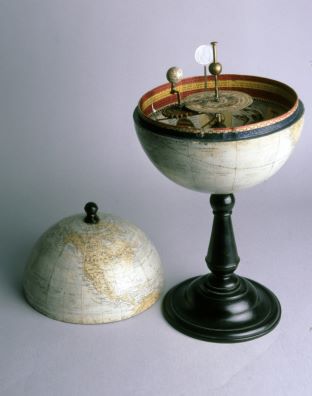It may look like a normal globe, but the entire northern hemisphere lifts off to reveal a miniature planetarium. Inside is a children's encyclopaedia of astronomy and natural history. This arrangement is unique. Its existence is especially curious since hardly any globes were made in Spain before the mid-twentieth century. Making a globe like this would have been technically very complex: apart from the geared mechanism in the planetarium, the sphere would have to be moulded in pasteboard; and the gores (map segments) painstakingly and precisely printed in a multi-stage process of chromolithography. Even pasting the gores onto the sphere was a fiddly task. All in all, it is surprising that such an object was made in a country where there was no previous tradition or expertise of globe-making. Its creator has recently been identified as Benjamín Tena, a self-educated individual who made a few globes in collaboration with an established printing firm. Some were sold in Valencia, while others were kept by Tena and his descendants.
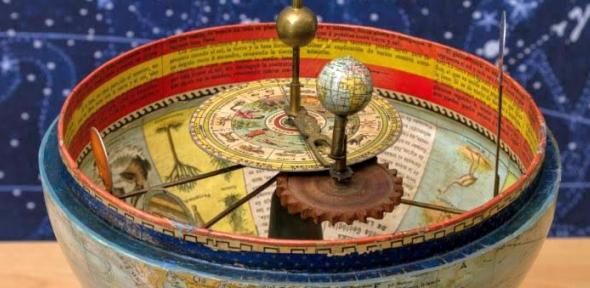
This combination globe-planetarium-encyclopaedia for children is just one of a handful made between 1899 and 1902 by Benjamín Tena, a landowner and amateur astronomer, in Villafranca del Cid, near Valencia.
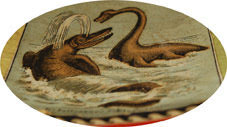
International networks
International trade expanded hugely in the late nineteenth century. Besides the more famous trades in products such as tea or furs, there was flourishing intra-European trade in scientific instruments and educational products. While the planetarium is unique, the outside of the globe is fascinatingly similar to products made in Germany and Austria-Hungary around this time. And inside the globe we find printed images copied from French popular science books by Camille Flammarion and Louis Figuier - the Brian Cox and David Attenborough of their day. Their lavishly illustrated books were specifically aimed at children and were worldwide bestsellers. They have profoundly influenced our mental images of space and the prehistoric world. The presence of their pictures inside the globe illustrates how their influence spread.
A well-rounded education
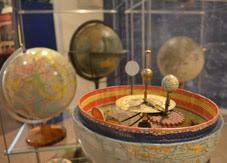
We can't know precisely how much this globe cost, but pricelists from central Europe suggest that it could have been an expensive toy for the child of wealthy parents. What is more likely, though, is that it was bought for a school classroom. Education in Spain changed hugely in the late nineteenth century: thousands of schools were built, and an entirely new teaching philosophy was introduced. Children were encouraged to learn through play and experimentation; new industries sprang up first to import and later to produce the equipment necessary for this. In the hyper-stimulated twentieth century it may be difficult to imagine the thrill of playing with such a colourful, interactive learning aid, but its wear and tear shows that this was a much loved toy. On one of the planets in the planetarium a child has written "SOLO". Its meaning is not clear - the child may have confused the planet with the sun - but it reminds us that these museum objects retain many mysteries.
Seb Falk
Seb Falk, 'A Spanish 'Encyglobedia'', Explore Whipple Collections, Whipple Museum of the History of Science, University of Cambridge, 2014.

